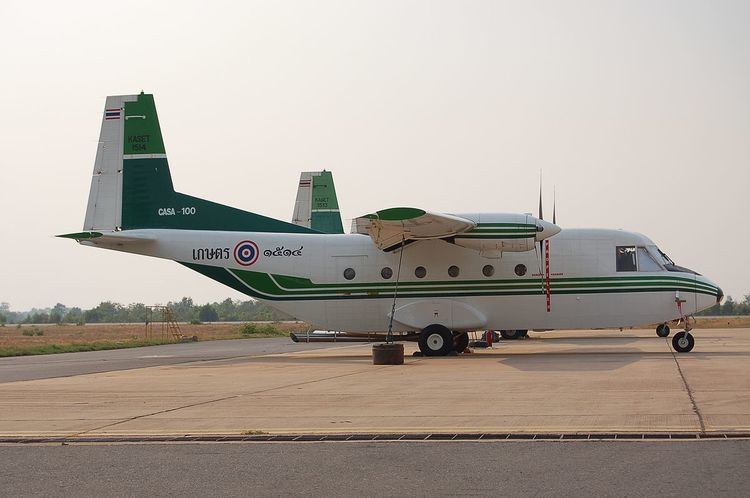 | ||
The Thailand Royal Rainmaking Project (Thai: โครงการฝนหลวง) was initiated in November 1955 by King Bhumibol Adulyadej. Thai farmers repeatedly suffered the effects of drought. The king resolved to do something about it and proposed a solution to the dearth of rain: artificial rainmaking, or cloud seeding. Despite his good work, the efficacy of artificial rainmaking remains questionable.
Contents
History
The king discovered that many counties and remote areas had faced the problem of drought. Over 82 percent of Thai agricultural land relied on rainfall. Thai farmers were not able to grow crops for lack of water. The royal rainmaking project debuted on 20 July 1969 at his behest, when the first rainmaking attempt was made at Khao Yai National Park. Dry ice flakes were scattered over clouds. Reportedly, some rainfall resulted. In 1971, the government established the Artificial Rainmaking Research and Development Project within the Thai Ministry of Agriculture and Cooperatives.
Recognition
The king received recognition for the Royal Rainmaking Project from the EUREKA organization in 2001 for an invention that is beneficial to the world. In 2009, Jordan received permission from Thailand to use the technique.
Agitation
Seeding hygroscopic chemicals stimulates a mass of air to rise higher to create humidity. This helps nature to form rain clouds, and it increases the potential amount of rainfall.
Fattening
Fattening of the rain clouds is done by scattering exothermic-hygroscopic chemicals to make droplets of water condense.
Attacking
Flying a plane through the heavy clouds accelerates the process of raindrop formation.
